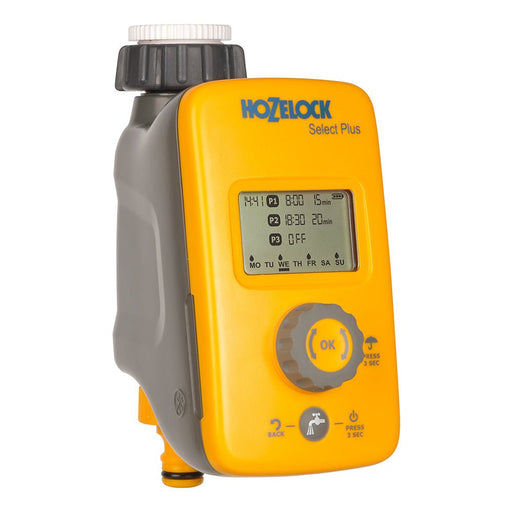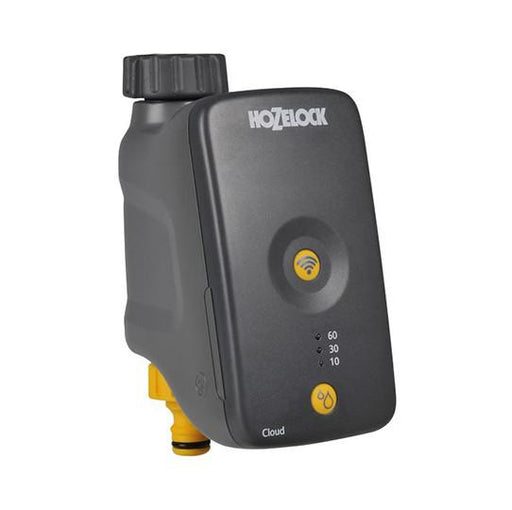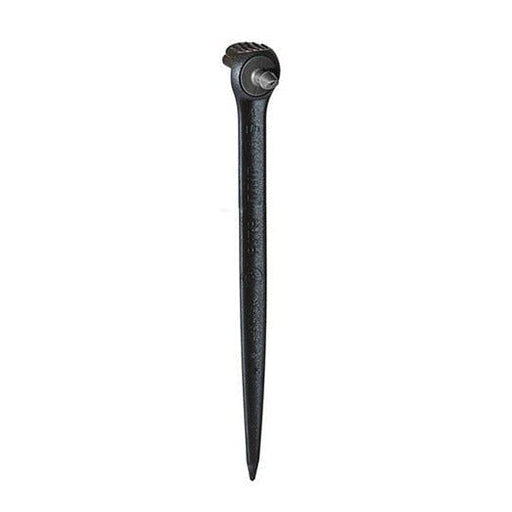In this guide, we'll introduce you to the world of Hozelock Automatic Watering Systems - they save you time and help you conserve water, while ensuring your plants get the right amount of water they need.
Follow this step-by-step guide on how to create your own efficient watering system using Hozelock's user-friendly and easy-to-install micro irrigation system. Additionally, we'll demonstrate how to make your watering system automatic by integrating it with a Hozelock water timer, allowing you to manage your watering schedule even when you're away from home.











































































 hello@easygardenirrigation.co.uk
hello@easygardenirrigation.co.uk
 +44 (0) 1646 402 050
+44 (0) 1646 402 050